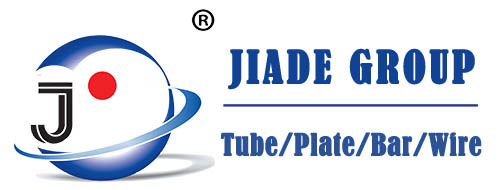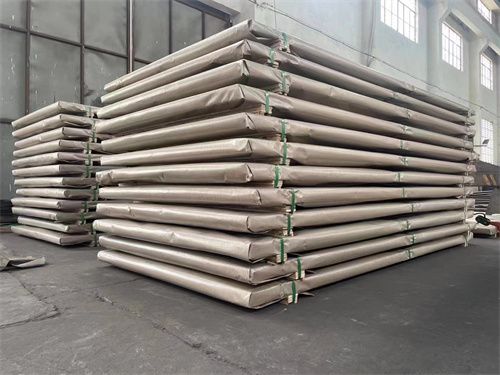Due to the high yield point, high hardness, and significant cold work hardening effect of stainless steel itself, the characteristics of stainless steel plate bending are as follows:
1) Due to poor thermal conductivity and low elongation compared with ordinary low-carbon steel, the required deformation force is large;
2) 321 stainless steel sheet has a strong spring back tendency compared with carbon steel when bending;
3) Compared with carbon steel, the stainless steel plate has a low elongation, and the bending angle R of the workpiece should be larger than that of the carbon steel during bending, otherwise, there may be cracks;
4) Due to the high hardness of SUS304 stainless steel plate and the significant cold work hardening effect, tool steel with a heat treatment hardness of more than 60HRC should be selected when selecting a bending tool, and its surface roughness is an order of magnitude higher than that of a carbon steel bending tool.
According to the above characteristics, generally speaking:
1. Under the unit size, the thicker the plate, the greater the required bending force, and as the plate thickness increases, the margin of the bending force should be larger when selecting the bending equipment;
2. Under the unit size, the larger the tensile strength, the smaller the elongation, the larger the required bending force, and the larger the bending angle;
3. In the case where the plate thickness corresponds to the bending radius in the design drawing, according to experience, the expansion size of a bending workpiece is the addition of the right-angled sides minus the two plate thicknesses, which can fully meet the design accuracy requirements. According to the empirical formula, the expansion amount can be calculated. Simplify the calculation process and greatly improve production efficiency;
4. The greater the yield strength of the material, the greater the amount of elastic recovery. In order to obtain a 90-degree angle of the bending part, the angle of the required pressing knife should be designed to be smaller. Compared with carbon steel, stainless steel plate with the same plate thickness has a larger bending angle, and special attention should be paid to this point, otherwise, there will be bending cracks, which will affect the strength of the workpiece.

